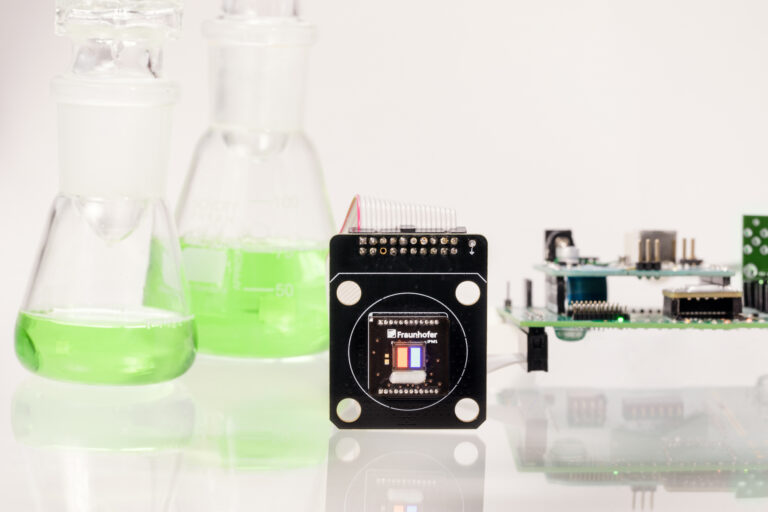Gas sensors, essential in various fields, are specifically critical for measuring oxygen concentrations in applications ranging from food production to environmental monitoring and medical breath analysis. The choice of gas sensors depends on factors such as accuracy, response time, environmental conditions, cost, and system size.
Fraunhofer IPMS, known for its expertise in OLED-on-silicon technology, has created a miniaturized phosphorescence sensor, integrating ultra-flat OLED light sources directly onto CMOS chips. This technology offers an alternative to traditional optical sensors, which can be challenging to miniaturize due to separate LED, filter, and sensor components. The miniaturized sensor measures oxygen concentrations, and its design allows for potential measurements of other gases, pH values, pressure, and temperature.
Currently, there are no commercial solutions for sensor chips of comparable size, making this innovation significantly smaller and more cost-effective than previous setups. The sensor operates by detecting the decay time of dye phosphorescence using integrated silicon photodiodes, providing accurate oxygen concentration data.
One significant development is the optimization of encapsulation technology within the AquaSens project, resulting in improved gas sensor chips. Fraunhofer IPMS introduced an atomic layer deposition (ALD) barrier layer, reducing complexity and increasing yield while maintaining stability and precision in the process.
The stability of the organic-CMOS combination has been confirmed through aging tests, showcasing the feasibility of this technology. First demonstrators for oxygen measurement have shown promising results, accurately measuring oxygen concentrations in air and water.
The researchers aim to further reduce the chip size to less than 2×2 mm, although optical separation challenges arise as the chip shrinks. Despite these challenges, the Fraunhofer IPMS team is actively working on solutions to adapt the light emission characteristics of OLEDs and integrate color filters on the chip.
The researchers are open to discussions for validation and further development, and they have established connections with leading dye manufacturers for sensor markers, which can be customized to specific applications. This innovative gas sensor technology promises efficient and cost-effective solutions for a wide range of applications.
The working group for microdisplays has moved to Fraunhofer IPMS.


